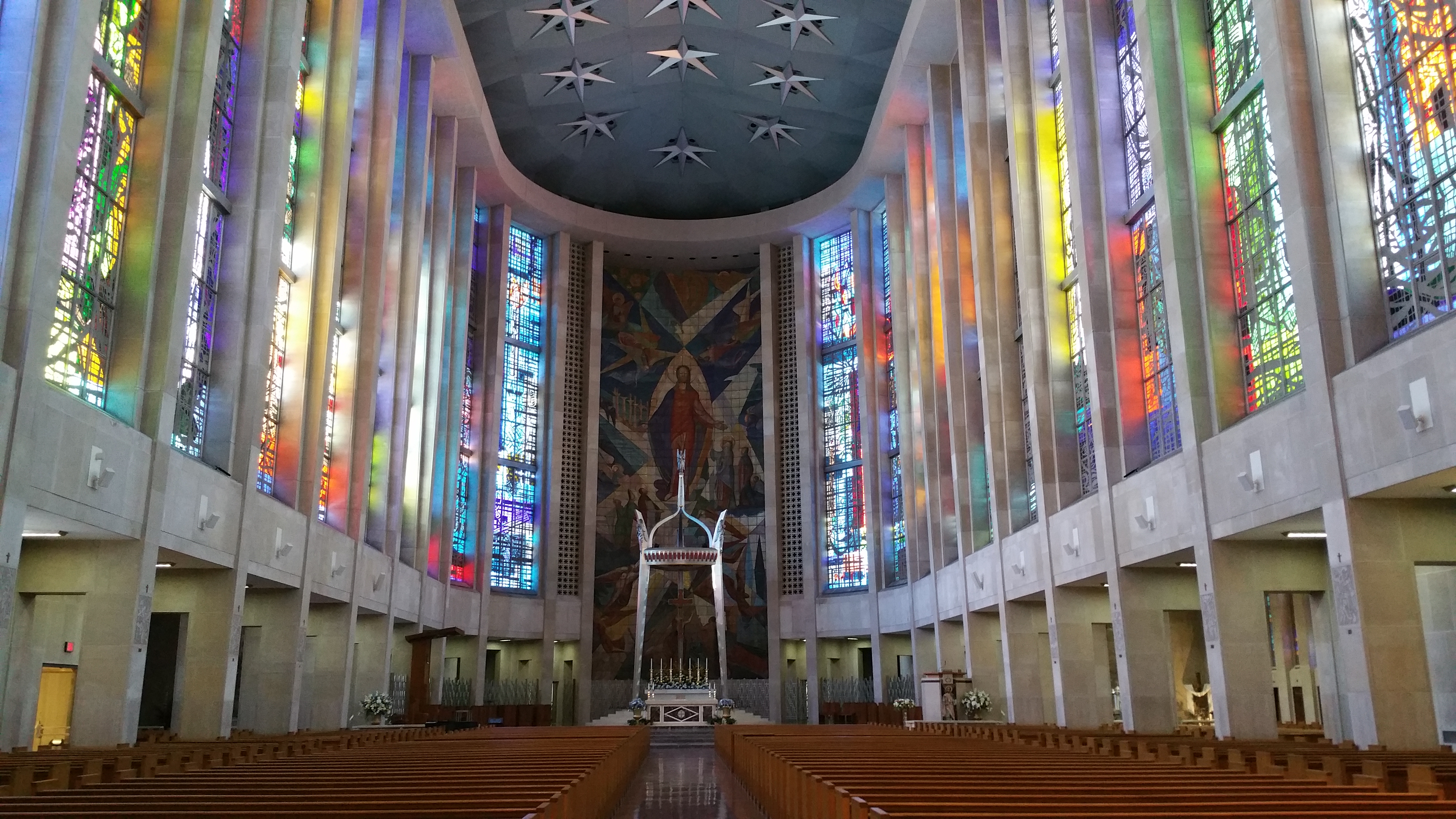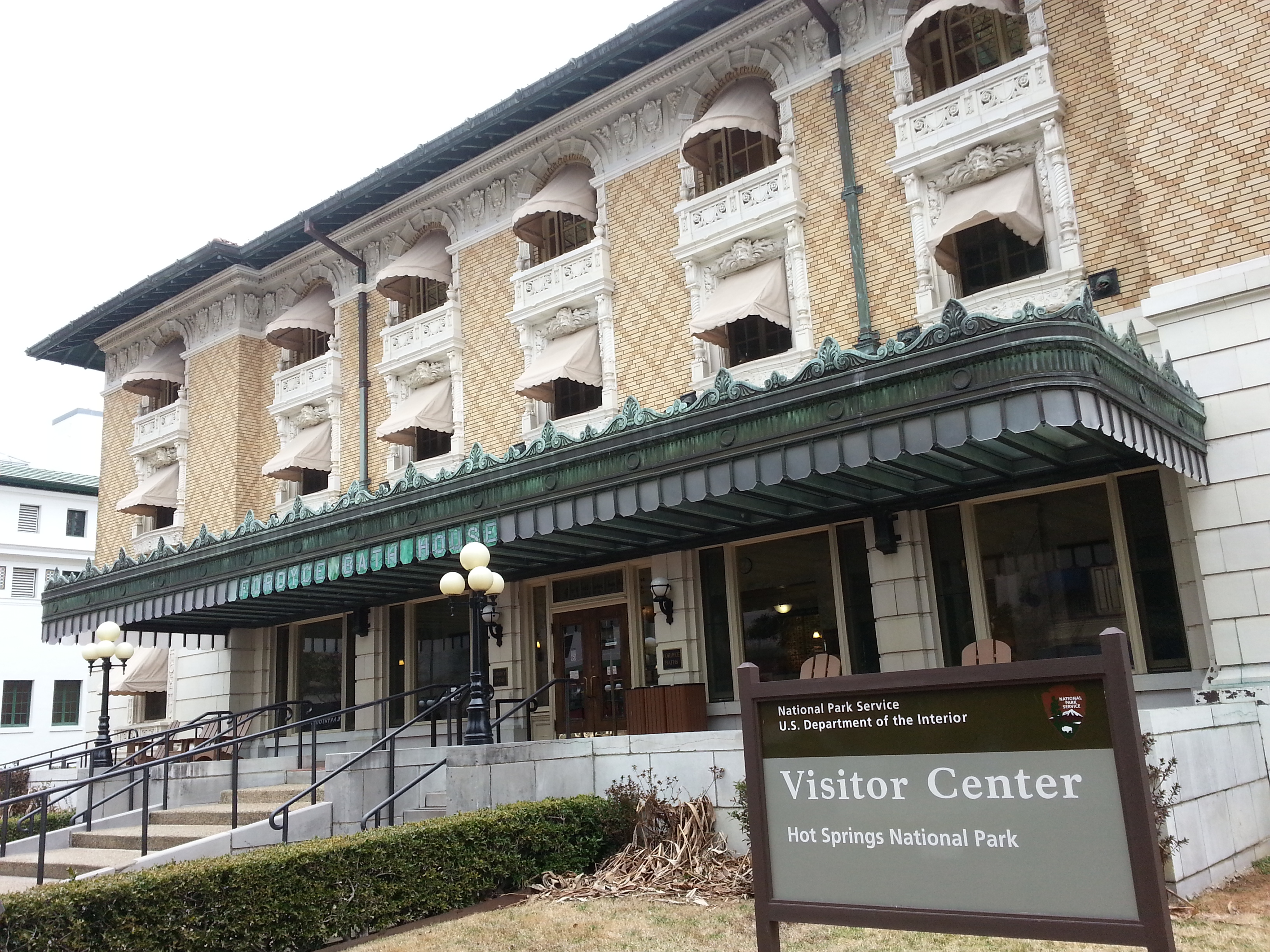
Hot Springs National Park- Hot Springs, AR
Hot Springs is a truly unique National Park. Sure, they all are, but typically you expect to encounter more nature and less architecture in your park experience. While there are no majestic vistas, soaring mountains, or protected species in Hot Springs, there are the eponymous springs themselves, and the wonderfully varied bathhouses from a different era to preserve and protect.
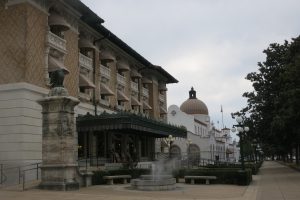
Hot Springs is actually the oldest Federal Reserve in the United States. The land was ceded to the United States by the Quapaw Indians in 1818, a year before Arkansas even became its own territory. Almost immediately, the newly formed Arkansas Territorial Legislature appealed to the United States Congress to designate the springs as a Federal Reservation. Congress being Congress, this designation took 12 years, but ultimately federal protection for the thermal waters was granted in 1832.
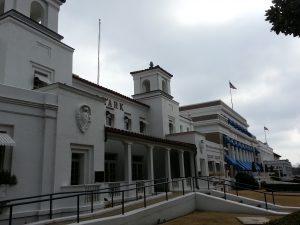
The outbreak of the Civil War not only lead to a steep decline in visitors seeking to take the waters, the virtually deserted town was pillaged by troops, leaving very few buildings intact. However, like so many other historic sites, out of the ashes the Phoenix arose, with extensive rebuilding of the destroyed bathhouses occurring in the years following the war. By 1873 6 new bathhouses, and 24 hotels had been built to accommodate the returning bathers. In 1875 the railroad came to town, as well as the first luxury hotel, and the game was on.
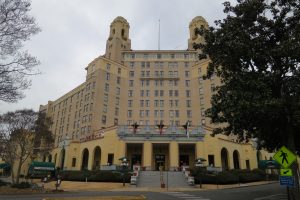
That original Arlington hotel was razed after only twenty years, then the second Arlington Hotel burned down in 1923, but the third time was a charm, and this iteration of the Arlington Hotel would go on to become a favorite vacation spot of Al Capone. This Spanish Colonial Revival still proudly stands today at one end of bathhouse row, a key Hot Springs landmark.
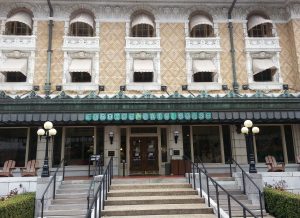
Today, 8 of the original bathhouse, constructed between 1892 and 1923, stand along bathhouse row. The National Park Visitor Center occupies the Fordyce Bathhouse, which dates to 1915. It has been wonderfully restored, and allows you a peek of how the baths would have looked during their heyday. And it is pretty impressive.
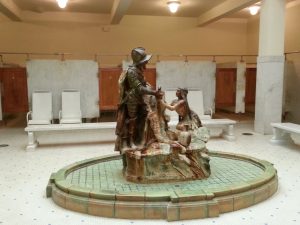
Marble treatment rooms, stained glass skylights, and spacious staterooms made for a comfortable stay. It was the largest of the bathhouses at 28,000 square feet, and it offered a bowling alley, roof garden, beauty parlor, and wood paneled co-ed gymnasium in additional to their hydrotherapy treatments. It was also the first bath house to go out of business on June 30, 1962.
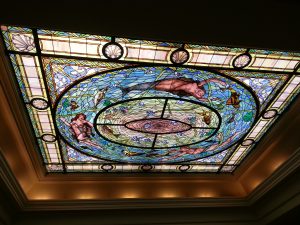
The Ozark, constructed in 1922 in the Spanish Colonial Revival style, catered to the middle class. The impressive exterior was only a facade, and gave way to a no frills bathing experience. No stained glass or high end finishes here. They may have been on to something however, as they managed to stick around until 1977.
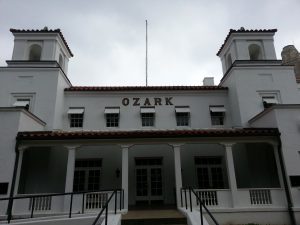
The Quapaw, with its mosaic tiled dome is the fanciest of all the bathhouses on the row. It is also the longest, occupying the site of two previous bathhouses. Constructed in 1922, in the Spanish Colonial Revival style is one of the most recognizable buildings in Hot Springs. Named after the Native American tribe that ceded the land to the United States, it closed its doors in 1968. After sitting vacant for many years, the building was modernized and now offers spa services once again, for anyone looking to take the waters while in town.
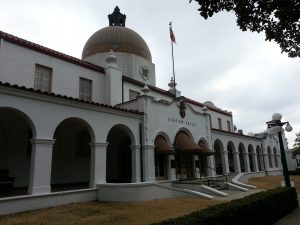
The former Lamar bath house now acts as the Park Store, where you can by all sorts of soaps and lotions, while the last building on bathhouse row now acts as the Park Administration Building. Finally, the former Superior Bathhouse is a brewery these days, so be sure to stop by for liquid relaxation of a different sort.
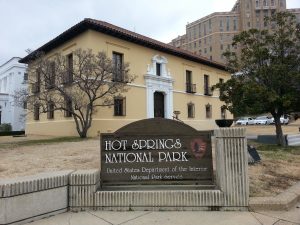
So, also important to note, Hot Springs was a gangster underworld mecca during Prohibition. In additional to Al Capone, Lucky Luciano, Bugsy Siegal, and Bugs Moran all frequented Hot Springs, which was as well known for its casinos and gambling during certain eras as it was for its bathhouses. At the center of it all was the Ohio Club, the oldest bar in the State of Arkansas.
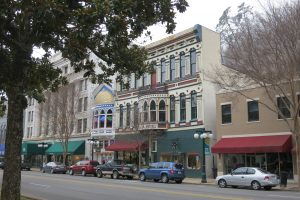
The Ohio Club stayed open during Prohibition as the Ohio Cigar Store, with drinking and gambling just moved to a back room. The original hand carved mahogany bar mantle remains, as do the tin ceiling tiles. It is a magnificently historic place that serves a ridiculous good hamburger. Seriously, it might be the best burger I have ever had. Certainly the best burger I have ever had in a National Park.





















